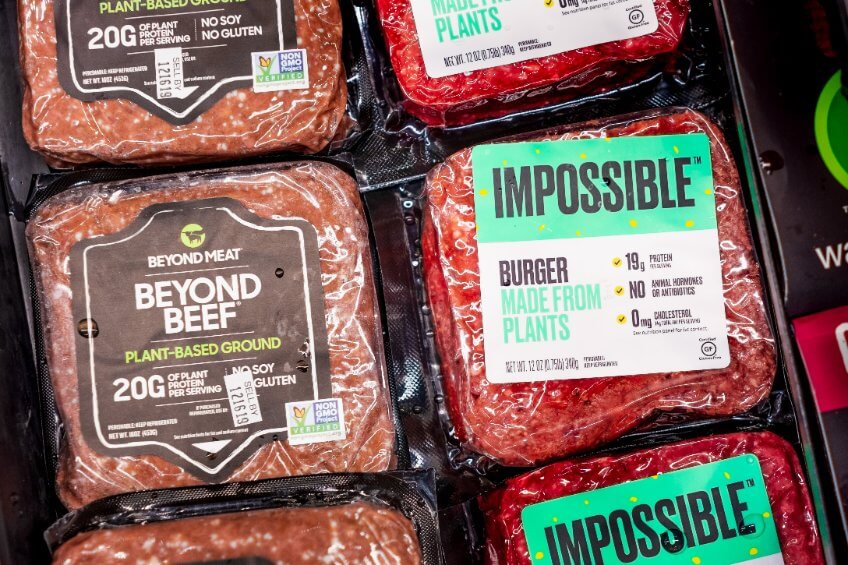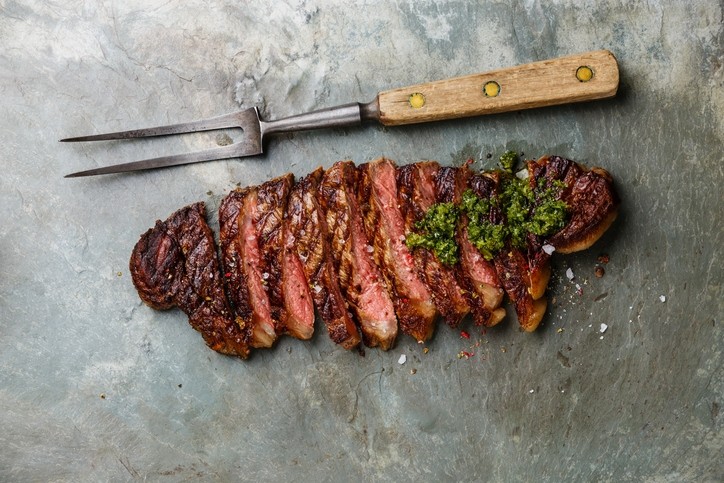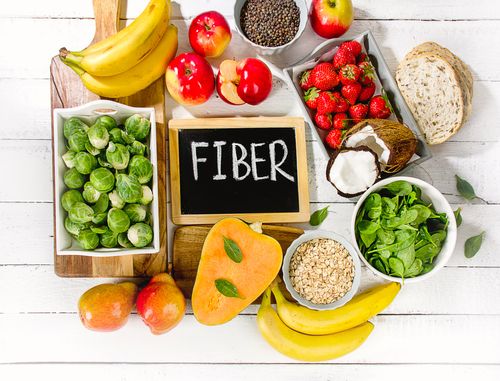For decades, alternative protein companies — from stalwarts like Beyond Meat to pioneers of fresh-on-the-menu cultivated chicken — have been counting on a simple paradigm for disrupting the meat business. A strategy built on three objectives: price, taste and convenience. If meat alternative companies can create a product that is equally cheap, tasty and convenient to purchase as traditional meat, the thinking goes, people will swap out their beef for a more ethical and sustainable alternative. But a new paper is calling this theory into question.
Though based on decades of general market research of U.S. consumers, “this paradigm isn’t really founded in evidence,” argues Jacob Peacock, a researcher at a non-profit called Rethink Priorities. His most recent preprint study suggests alternative protein companies will need to do a lot more in order to displace conventional meat. But scientists say we have to reduce our meat consumption in order to avoid the damage caused by our current food system — climate pollution, animal suffering and undrinkable water, to name just a few examples — so it’s important to get this right.

What is Price-Taste-Convenience?
The theory of price, taste and convenience has long been a food industry standard. All food companies research how well their products fare across these metrics (among many other factors), but the alternative protein industry really zeroed in on these three as a strategy for disrupting traditional meat.
The Good Food Institute (GFI), an alternative protein think tank and advocacy group, has long argued that price-taste-convenience are the three primary factors driving consumer eating choices. In a 2020 report that perhaps helped solidify this framework as a goal for the nascent alternative protein industry, the authors wrote that these factors are foundational for food choice, though at the time, even they pointed out that the theory was not all-encompassing.
Bruce Friedrich, founder and president of GFI, says that price and taste are “table stakes,” but that the industry will eventually need to tackle other factors once parity is achieved.
In the years that followed however, this theory has undergone expansion and modification, with many alt protein insiders coming to focus almost exclusively on this trilogy. Some even go as far to say that these three metrics “dictate consumer choice for just about everybody” and are enough to “succeed in ending animal farming.”

Well, it turns out that plant-based companies are inching closer to matching meat on many of these metrics, yet the market is still dominated by conventional meat.
In terms of price, parity is expected within a few years in the U.S. and other Western European countries. In the Netherlands, they’re already cheaper.
In blind taste tests, some forms of plant burgers actually are rated as slightly tastier than meat (although the meat burgers weren’t salted, which may have skewed results). And by most metrics, cultivated meat has a nearly identical taste to slaughter-based meat.
While convenience isn’t easy to measure, it’s fair to say that most people living in big U.S. cities wouldn’t have trouble finding a meat alternative in their local supermarket. For people in food deserts, small towns or other countries, the trip to get a chicken-free nugget might be a bit trickier, but overall, plant-based foods are quite prevalent. So then, how is the plant-based meat industry doing in its bid to displace traditional meat?

Despite these breakthroughs in price, taste and convenience, the meat alternative market has plateaued. Plant-based meat sales barely budged from 2021 to 2022, and meat consumption is only decreasing in Germany. So what gives? Well, it turns out that displacing meat may not be that simple.
** Click here to read the full-text **










